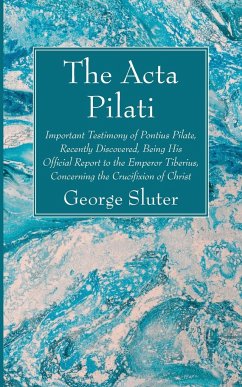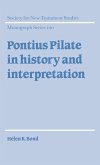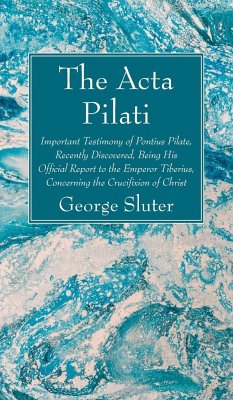In this work, Laura J. Hunt looks at Latin use in Ephesus, Antioch, and Alexandria. The evidence of intersections between Roman and Greek languages in those cities suggests that the Roman cultural encyclopaedia could shed light on the Gospel of John, particularly the trial narrative. Words that intersect with important Roman concepts include pi ni, beta s , th and s . The phrase d nith pi in John 19:5 approximates hic vir, hic est from Vergil's Aeneid (6.791), marking it as a literary allusion. A semiotic analysis of John 18:28-19:22 reveals a Jesus depicted with the words and images of a Caesar. The Roman Pilate tests the loyalty of both Jesus and 'the Jews' to Caesar, emerging as weak only in relation to Caesar. Although other scholars have looked at empire in the Gospel of John, this study offers a sustained Roman reading of the Johannine trial narrative.
Bitte wählen Sie Ihr Anliegen aus.
Rechnungen
Retourenschein anfordern
Bestellstatus
Storno








